As an Amazon Associate we earn from qualifying purchases.
I have all tried cooking new recipes, but have you ever tried new methods of cooking? The culinary world fills with opportunities to learn new techniques.
When you have a vast knowledge of different cooking methods it equips you with the skills to work with various ingredients and kitchen equipment to produce flavorful results. Such mastery and understanding are essential to becoming a great chef or home cook.
Quick Navigation
Different Cooking Methods
There are so many ways you can cook and countless tools available these days. Here are different cooking methods for you to try:
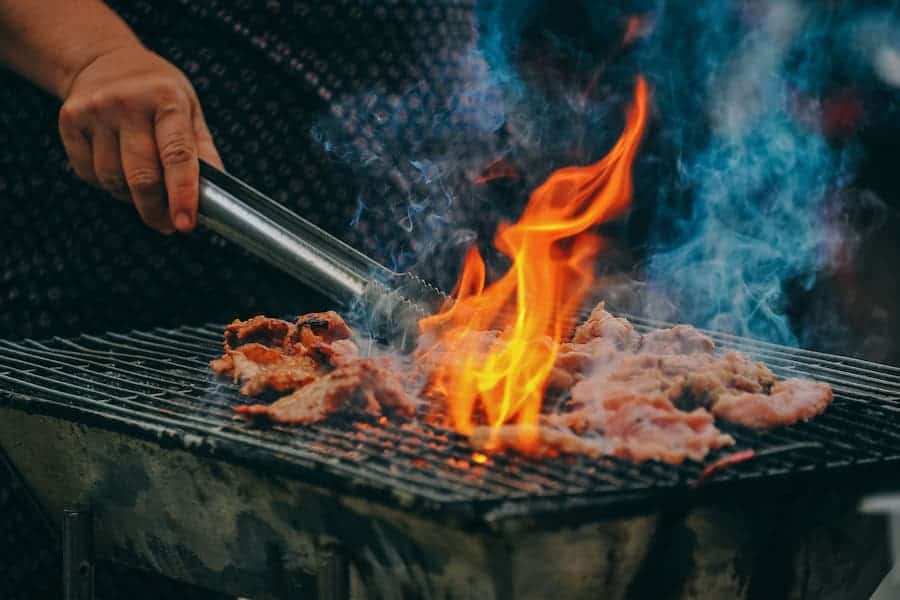
1. Grilling
The grilling method involves cooking food over direct heat. A grill is made up of an open grate with a heat source located beneath the food. The heat source can be anything from coals to wood, to electric or gas-powered.
When grilling, the food exposes to the convection of the flames as well as conductive heat from the grill placed on. The extra heat and direct contact with the grill are what produces the desirable dark grill marks.
The grilling methods of cooking are fast, dry, and hot. When grilling, the food can be placed directly on the grill over an open flame or in a grill pan. The food can marinate or season before grilling then flipped to cook on both sides.
Grilling is suitable for cooking fruits like your favorite pineapple recipe, meat, seafood, and vegetables. If you notice char lines on your meats or veggies, it was most likely grilled.
2. Broiling
Broiling deals with transferring extremely high heat (minimum 500°F) onto food directly through convection in close proximity to a heat source.
This is similar to grilling, but with broiling the heat source is located above the food whereas grilling is placed under the food.
The food cooks one side at a time. Browning comes quickly, so a timer would come in handy and it should watch closely. Commercial kitchens have specially designed equipment for broiling which gets much hotter than your home oven’s broiler setting.
3. Roasting
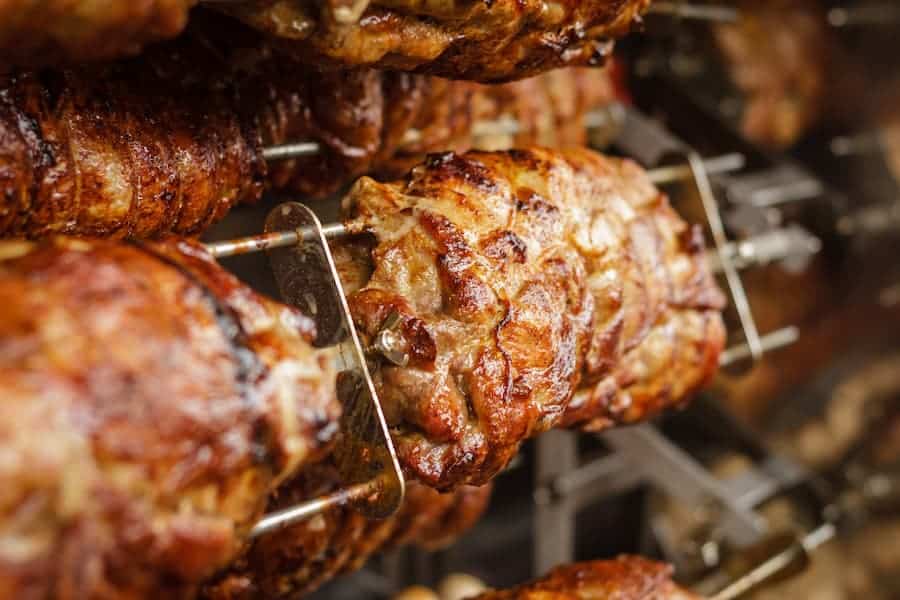
Roasting takes place in the oven and requires the use of indirect heat that cooks on all sides for even browning. This method of cooking works slowly and it coaxes the flavors out of meats and vegetables.
Roasting is done at a temperature of about 200 – 400°F degrees, though most dishes are around 200 – 350°F degrees on the heat setting.
Roasting can be regarded as a high heat form of baking. The food is cooked until it gets a beautiful golden brown color. When you’re planning to roast a food, you can try my roasting garlic hummus recipe that’s easy to prepare.
4. Boiling
Boiling is straightforward. The food submerges in water that heats to its boiling point (100°C / 212°F). When boiling, the food cannot exceed the boiling temperature of the water.
The high heat specific and conductivity of water allows for constant and even application of heat to your food. The food keeps in motion by the bubbling boiling water while it cooks. The food is completely immersed in liquid and boiled until it is soft and tender.
5. Simmering
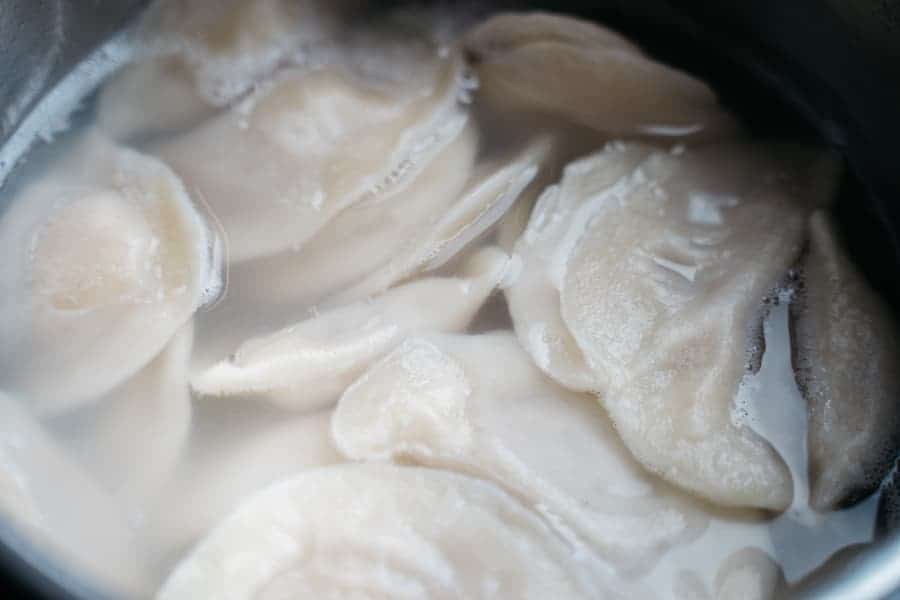
Simmering is a moist heat method very similar to boiling. It is also a gentle method of cooking foods but uses higher temperatures than poaching.
Here the water doesn’t quite make it to the point of boiling. Instead, the heat from the water is just below what it would take to make things boil. To achieve a simmer, get the water to the boiling point and then lower the temperature.
This method is ideal for eggs, grains, vegetables, and pasta.
6. Baking
Baking uses for cooking pastries, bread, and desserts. It usually involves cooking food (usually uncovered) in an oven using dry heat. Baking uses indirect heat to surround the food and cook from all sides.
Technically, baking and roasting methods of cooking are similar, but baking usually performs at lower temperatures than roasting. Though, both involve applying dry convection heat to your food in an enclosed environment.
The dry heat process gives the outside of the food a brown color and keeps the moisture locked in. When you love baking, you can try a recipe like baked mac and cheese.

7. Stewing
Stewing and braising methods are closely similar. It involves smaller cuts of meat immersed in the pot, while braising involves larger chunks. The result of stewing brings about a delicious, tender meal that comes with its gravy. Stews are often made with meats and vegetables. Ingredients are usually first seared before being cooked in liquid.
8. Braising
Braising is similar to searing. This is a great method for getting fork-tender meats. High protein foods are usually braised.
First, foods are seared in a hot oiled pan. Then, they are transferred to a larger pot where it cooks in hot liquid only partially submerged in simmering water, broth, or stock using low heat. The foods soften over an extended cook time and the liquid reduces, retaining its intensified flavors.
9. Steaming

Steaming is a unique cooking method where the heat from boiling water is used as steam for cooking. It’s a favorite among Asian culinary chefs. Vegetables, fish, desserts, tamales, and dumplings can be steam cooked. This method typically deals with cooking your food in water vapor over boiling water.
This method is one of the gentlest, moisture-friendly cooking methods. Water boils continuously to produce a steady amount of steam.
A steamer will come in handy here, it is a cooking vessel that has a perforated bottom that is placed on top of another containing water.
The steam cooks foods evenly while retaining moisture. A pot and steamer basket, using a microwave, or wrapping foods in foil so they can steam in the oven, are other methods used for steaming in absence of the standard steaming pot.
10. Poaching
Poaching is a gentle method of cooking. The food is submerged in water heated between 71° Celsius and 82° Celsius and remains in the water until it’s well cooked.
The low heat works perfectly for delicate items and helps preserve moisture and flavor without fat or oil. Poaching is one of the best ways to conserve flavor without adding calories for people on a diet.
11. Frying
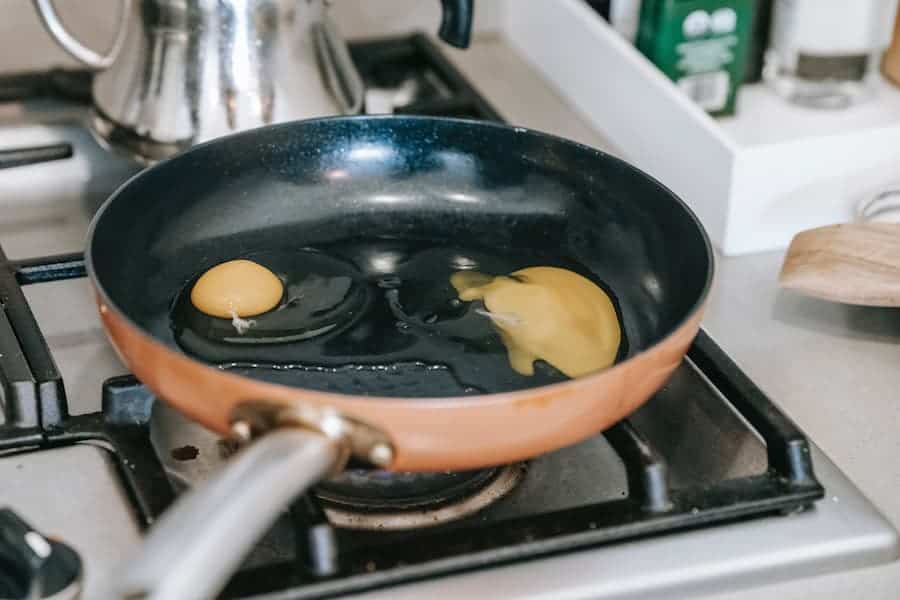
Frying is one of the most popular methods used in fast food (a quick trip to McDonald’s and you will see why). It is one of the fastest ways to cook food using very high temperatures. Frying is essentially boiling food in oil, with the difference being oil can get much hotter than water can.
The food cooks put it in a bath of oil, often after breading it. A shallow pan or a deep fryer is often used. Frying crisps food by evaporating water and applying heat pressure to the outside of the food. Though similar to sautéing, frying adds crispiness to food rather than softening it up.
Frying can take place with almost all foods successfully.
12. Sautéing
Sautéing involves cooking food in a well-oiled pan, and you can either use butter, oil, or other types of fat to even out browning. It performs over a stove in a hot, shallow pan with a small amount of oil to cook food for even browning.
This is one of the fastest ways to cook food, so food must regularly flips and turns over. The pan needs to be oiled and hot before adding any food to achieve the desired result. Don’t overcrowd the pan with too many items, and stir or toss frequently.
It is a great choice for veggies, poultry, and meat.
13. Searing
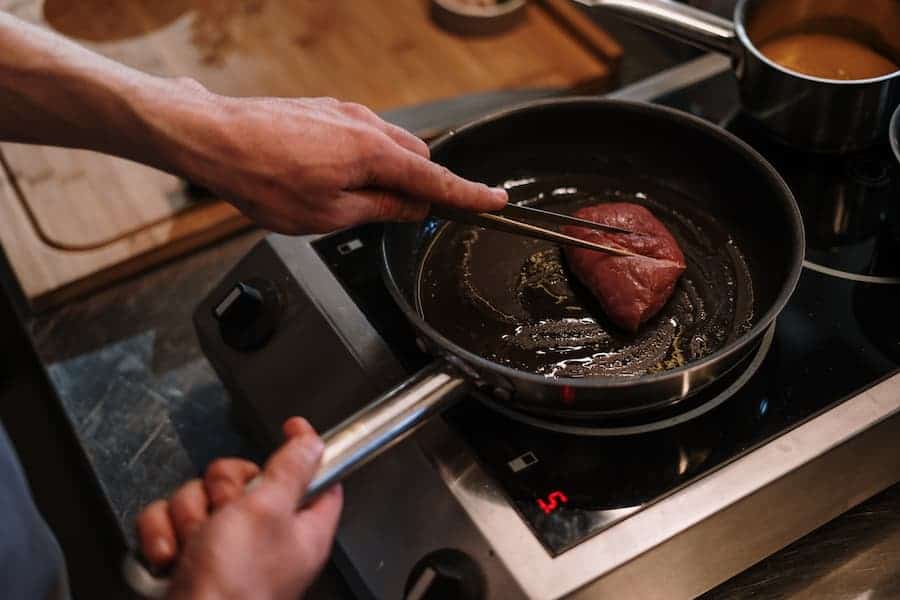
Searing refers to the browning of food. It is perfect for meat, seafood, and certain types of vegetables. If you ever visited an upscale steakhouse, the chances are that you have seen seared steak on the menu.
Here the surface heats to a very high temperature (sometimes hotter than 800°) and placing the food on the surface until a crust forms. Searing gives the food a brown and caramelized appearance from the outside. This gives the steaks the meaty “bite” people adore while locking in the moisture.
14. Blanching
Blanching is an advanced cooking method performed in two steps. The food boils first for a short time, which refers to as “scalding.” Then, the food submerges in an ice bath to stop the cooking process.
This cooking method is perfect for vegetables.
15. Slow Cooking
This is the perfect cooking method for people who want a “set it and leave” style of cooking.
Food heats over low temperatures and higher pressures using a slow or pressure cooker. It makes the food tender and can cook over a long period of time.
Pressure cooking is perfect for almost everything including, meats, stews, pasta, and dips.
Conclusion
With a basic understanding of these cooking methods, you can choose a method that suits the dish you wish to prepare and gain complete mastery of your kitchen.
